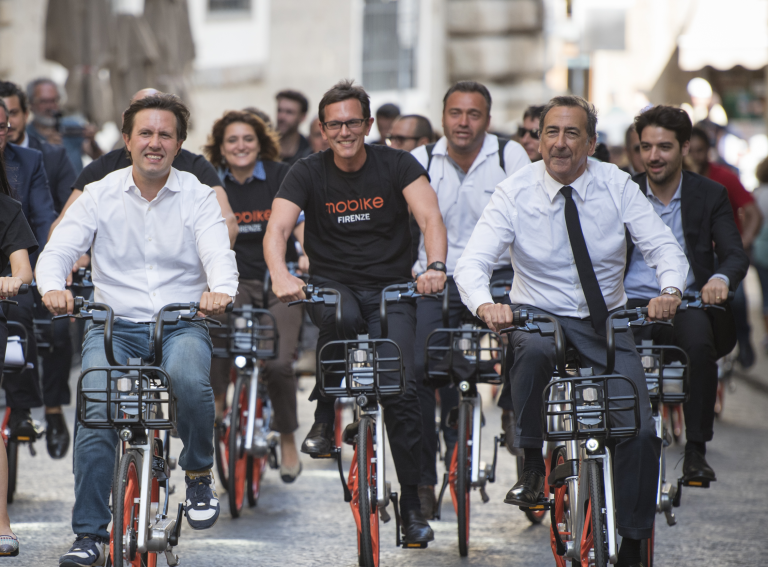Engineering Design Lab (EDL) has built a growing list of clients in the new mobility space which Founder Tomek Bartczak puts down to their ‘pushing of the limits’ of what’s possible.
This is evident when it comes to EDL’s work in the sustainable last mile delivery space given the range of new form factors it has helped develop.
“Any micromobility device absolutely must have cargo capacity if it is to offer a viable alternative to cars,” Tomek Bartczak tells Zag Daily in an interview.
Offering a range of services including industrial design, systems engineering, mechanical and electrical design, prototyping and manufacturing support, EDL’s focus on cargo capacity naturally lends itself to sustainable last mile delivery, a space focused on electrifying the last 30 km or so of the distribution chain.
“We define last mile as including the delivery of products from the depot to the end consumer,” says Bartczak.
“And we want to be at the forefront of innovation within last mile sustainable delivery technology.”
Breaking the mould
One particularly innovative example of EDL’s engineering work is the utility scooter, developed by the Vancouver firm Scootility in conjunction with Springtime design.
Designed to combine both comfort and cargo space in one, the utility scooter can haul a bigger payload than an e-bike or e-moped but is more compact and agile than an e-cargo bike or van. EDL has assisted with chassis engineering, battery design, prototyping and the validation process of the new last mile delivery vehicle.
Possessing a storage capacity of 80kg, the device breaks the mould from what is traditionally expected of an e-scooter.
“Congestion is an issue in a lot of major cities, so a versatile last mile delivery device that can use cycle lane infrastructure has the potential to massively reduce delivery times,” Bartczak explains.
“Scootility is really flexible and will minimise time taken on each delivery due to its ease of use and hop-on-hop-off flexibility. Our vision for last mile delivery is not the complete replacement of larger vehicles, but the electrification of all vehicles and the availability of a wide range of smaller devices that can either be transported in a larger vehicle or stored in a mobile hub.”
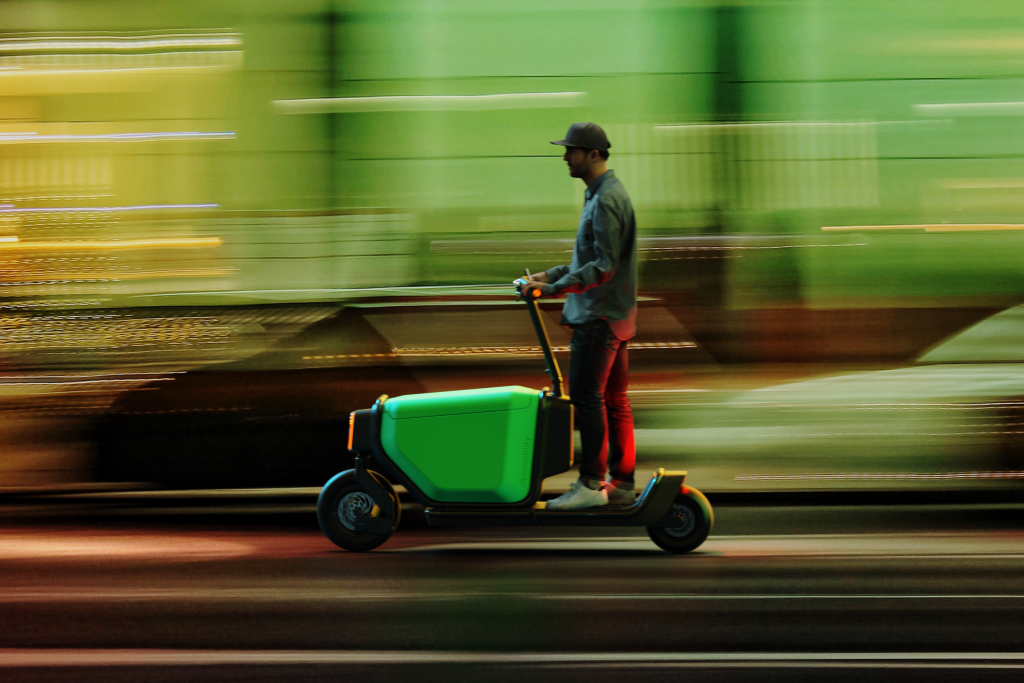
There is also the potential to add a trailer to the utility scooter which would allow for its cargo capacity to be increased depending on the needs of the rider or operator.
“This is another example of its adaptability and how it can make the delivery process as lean and frictionless as possible,” adds Bartczak.
“It has got huge potential for food delivery in particular, where the food will even be kept warm by being stored just above the battery.”
EDL has also been working in partnership with fellow Toronto-based firm Operation Motors on the cookee, a class 2 e-moped that is optimised for deliveries.
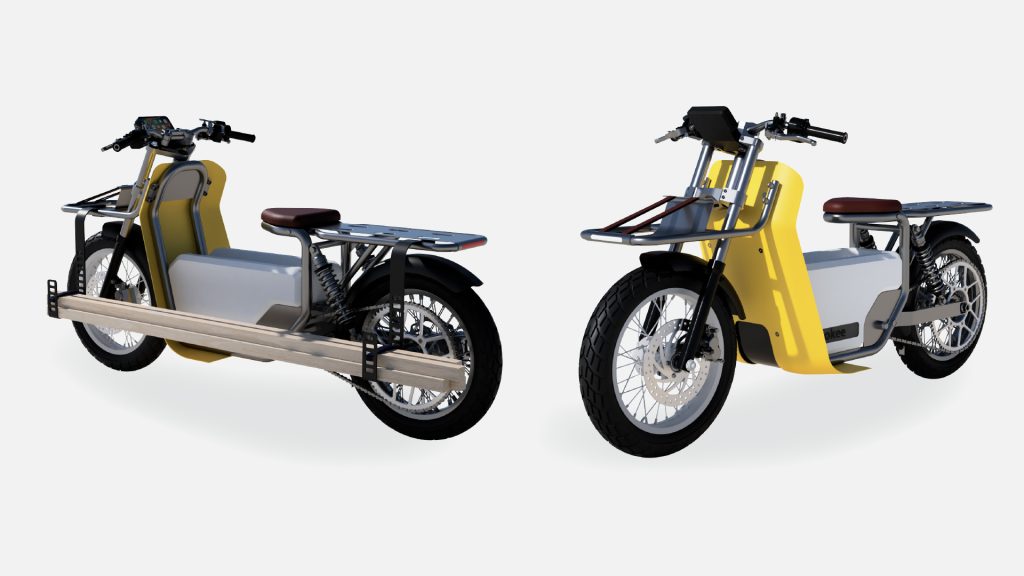
Featuring up to 500 litres of cargo capacity, it has a range of 150 km with the potential to be sold to commercial and private customers.
“Operation Motors approached us to support the chassis engineering and vehicle dynamics, and then to develop a prototype,” Bartczak recalls.
“In Toronto, while around half of the food delivery sector has adopted e-bikes and similar devices, many riders are still using traditional (push) bikes so I believe this device has huge potential.”
Bartczak believes that the ease with which a moped can be ridden compared to a cargo bike gives the device an advantage over many of the last mile delivery options entering the market in recent years.
“Cargo bikes can be difficult to operate and require more training for the riders,” he says.
“Meanwhile, mopeds have been ridden on roads for a long time and therefore fellow road users are used to them.”
No limits on innovation
The Semi-Trike is further evidence of EDL’s creativity.
The articulated trike trailer, developed by Michigan-based Civilized Cycles, combines the cargo capacity of a van with the carbon footprint and cost of an e-bike – and it’s already turning heads.
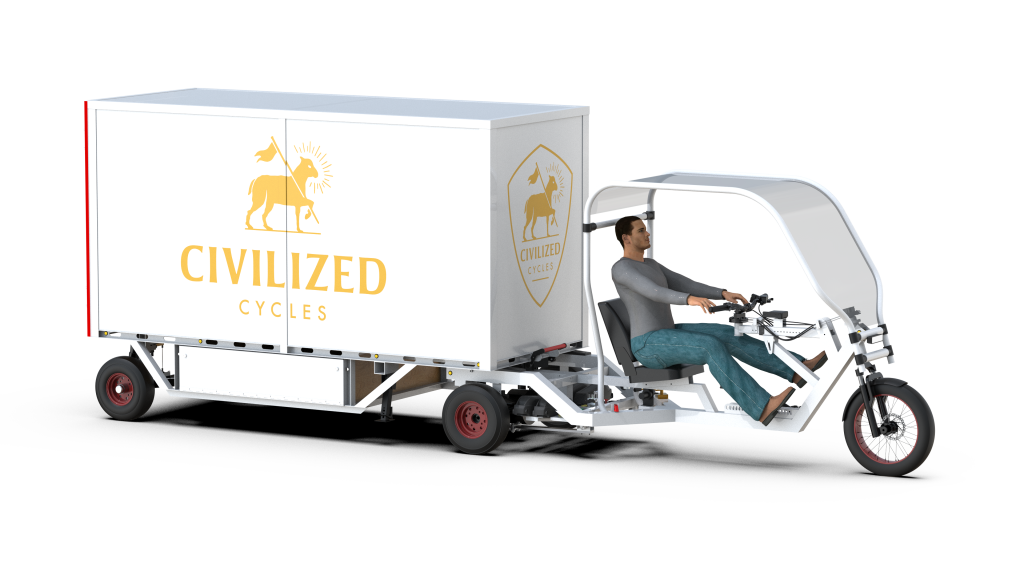
“The prototype has not been released yet but there is a lot of interest from logistics firms in the US,” Bartczak explains.
“Our involvement has been focused on electrical system design and we have worked with several companies in the Detroit area to begin low rate production of a custom wiring harness. We started work on this project earlier this year and it is ongoing.”
Civilized Cycles claims that the Semi-Trike will have the largest cargo capacity on the market with a volume of 200 cubic feet, and Bartczak hopes that infrastructure will be adjusted to accommodate new ambitious designs coming onto the market.
“Many streets in major cities have five-car lanes, so why can’t one of those be turned into a double bike lane?” he says.
Finally, Bartczak points to the work EDL has done with Springtime Design on its new Dispatch concept. The 2,000 litre delivery vehicle has been designed for roads and falls somewhere between a car and a bike.
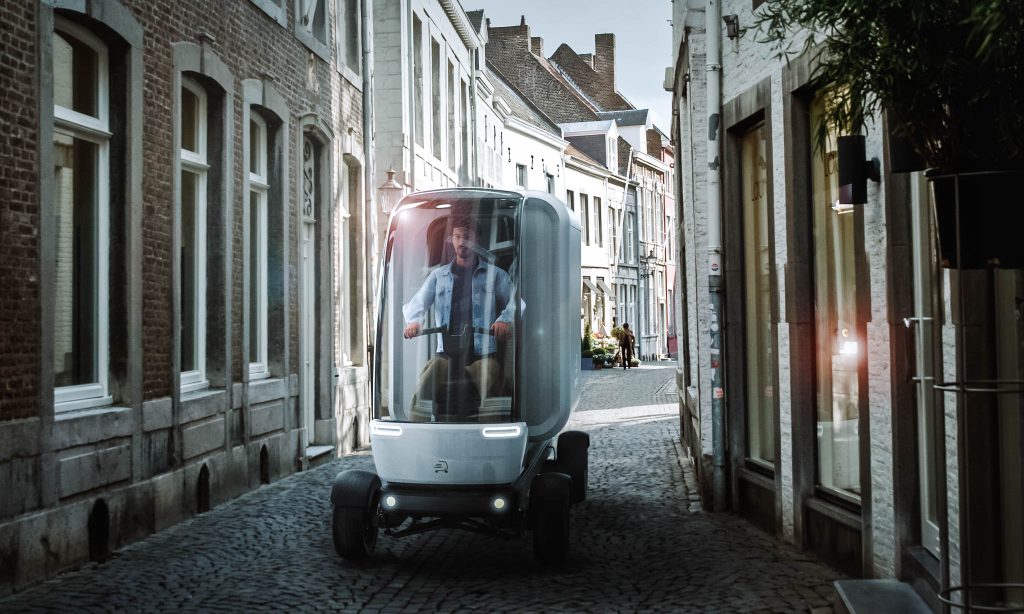
“The Dispatch fills an important gap between cargo bikes and small delivery EV’s. It distinguishes itself from its pedelec competitors, which due to e-bike regulations, are required to have a more limited payload.
“This is one of several projects we are involved in with Springtime, our industrial design partner and we look forward to doing more,” he explains. “Our Amsterdam office is located in Springtime’s HQ, so the collaboration is very fluid.
“There are not many competitors in Europe providing the same multidisciplinary engineering services that we provide for OEMs in the new mobility space. We also have the capability to provide production support once a prototype attracts funding from investors.”
With launches coming later this year and into 2025, exciting times lay ahead for Bartczak and EDL.




